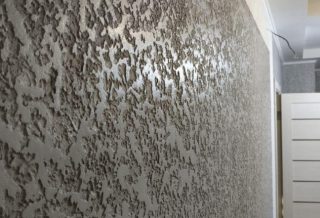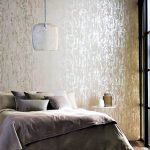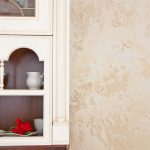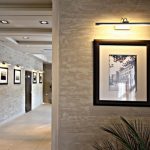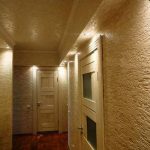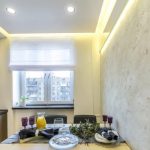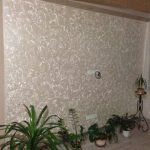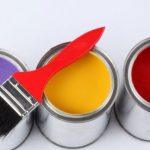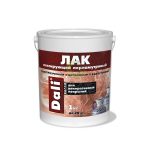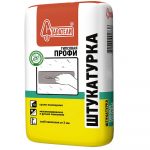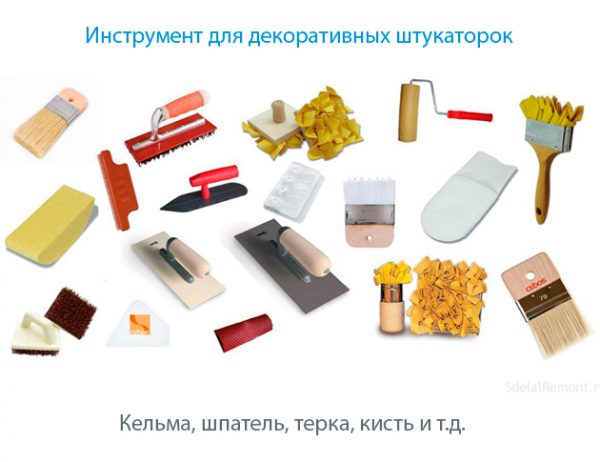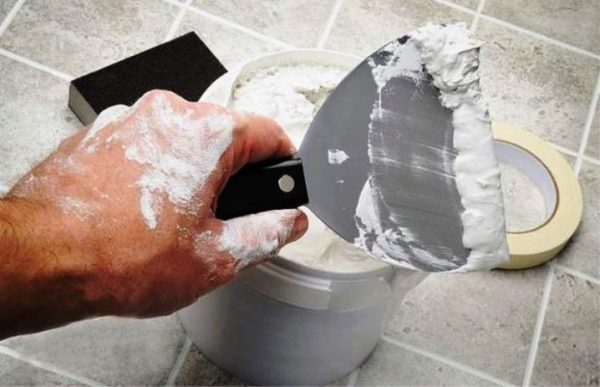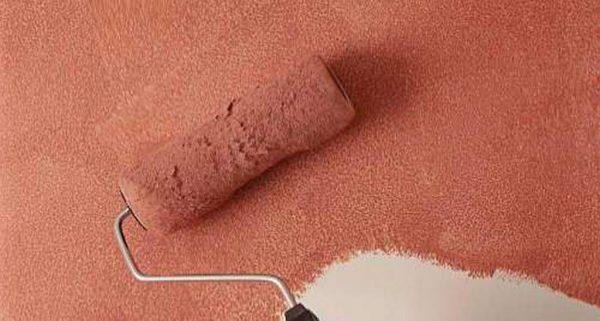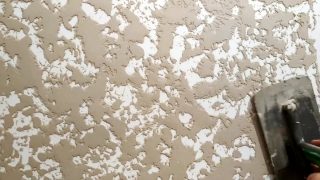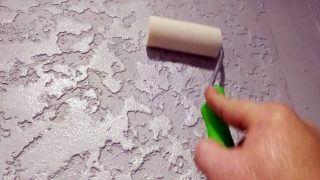For decorated interior decoration, craftsmen often resort to decorative Grotto plaster. Thanks to the unique composition, you can use various application techniques, obtaining a huge variety of textures and making many design decisions.
Features of decorative plaster
To the benefits Grotto coatings include:
- Seamlessness. The covering of wallpaper or panels leaves seams and joints visible to the eye, which cannot be said about Grotto plaster.
- High strength, resistance to temperature extremes, mechanical damage... It is difficult to damage a dried, properly applied mixture. It can be used for finishing outside, since precipitation, changes in weather conditions are not afraid of it.
- Resistant to moisture. Decorative plaster mix Grotto can be applied in damp rooms. She is not afraid of water and completely retains her qualities when wet.
- Immunity to household chemicals. A dried layer of plaster that has become dirty over time can be washed with soapy water. Therefore, it is successfully used in rooms with high pollution, for example, in hallways, children's rooms.
- Environmental friendliness. The material is made from natural ingredients, therefore, safety for humans and the environment is fully guaranteed.
- Antifungal properties. The decorative coating protects the walls from fungi and mold, prevents the appearance of natural stains.
- Durability and wear resistance. Thanks to a durable layer, resistance to negative influences, the coating lasts for a long time, without requiring frequent repairs.
The coating created by the Grotto material perfectly hides small defects in the walls, for example, small cracks, potholes. It is combined with other decorative coatings, lends itself well to coloring, giving the room coziness, naturalness and individuality.
Structure
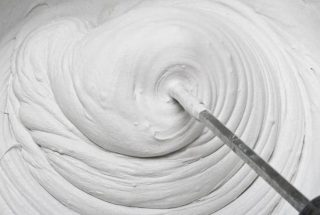
In the store you can find ready-to-use mixtures. Each of them differs in composition, however, most of them are based on environmentally friendly material - natural lime. As additional components are used mineral fillers.
Scope of application
This mixture is ideal for interior and exterior wall decoration. With its help you can:
- give the interior of an apartment or house a look of antiquity;
- make walls resembling masonry rocks on the balcony or in the hallway;
- decorate the living room with unassuming pastel colors in a classic sleek style;
- complement the modern design with metallic or mother-of-pearl varnishes.
Grotto plaster fits into any interior. The main thing is to choose the right shade, texture and perform the top layer with high quality. It is safe for health and unpretentious finishing material that can be used in living quarters, children's rooms, bathrooms, kitchens.
Examples of the use of Grotto in the interior
DIY grotto
It is not difficult to apply the Grotto plaster mixture due to the plastic composition of the mortar. The principle of operation and sequence practically does not differ from the use of other types of plaster.
Tools and materials
To create a decorative coating Grotto, you must use:
- gypsum plaster;
- wall paint;
- pearlescent pigment and varnish;
- putty.
From the tools you will need a container for mixing the material, a spatula, sandpaper, a building level, a float and a trowel, a roller with a nap, a flexible spatula, a trowel, a suede mitten.
Preparation of the mixture
If the master decided to prepare the composition on his own, it is necessary dissolve the plaster in water and add the putty. Both components are mixed in equal proportions. The putty will give the composition plasticity and will not allow it to dry out prematurely. If you wish, you can use one plaster, but it is much more difficult to work with such a mixture.
Surface preparation
The walls are pre-cleaned of dirt: old coatings, pieces of wallpaper, grease. Holes, potholes, cracks are closed and rubbed over. The surface must be primed for adhesion and dedusting.
The next preparatory stage is the application of quartz sand. This is done with a brush or roller. After 3-4 hours, the layer dries up and becomes suitable for plastering.
Application technology
The first main layer is applied evenly, evenly, leaving no gaps.
Do not put the spatula in the bucket. You need to use an auxiliary tool so that the work is neat and of high quality.
The finished mixture is applied to a large trowel and spread with light movements on a flat metal spatula to create embossed decor (or a narrow ironer). It is applied to the wall, creating a uniform pattern across the entire wall. They move slowly, leaving the most identical islands with a slightly drawn solution.
20-30 minutes after application smooth the drawn mixture with a large trowel soaked in water... When the mixture adheres to the surface of the tool, use a conventional spatula. When the working area is smoothed, continue to apply the material to the rest of the walls.
After the final drying of the relief layer use a front spatula. They are passed along all the walls, eliminating sharp protrusions. At the end of the working process, they start painting with a roller with a long pile.

Finish coating
When the pigment layer is dry, proceed to varnishing... To do this, use a roller equipped with a long pile. It is necessary to apply varnish on the walls twice to form a moisture-resistant surface.

